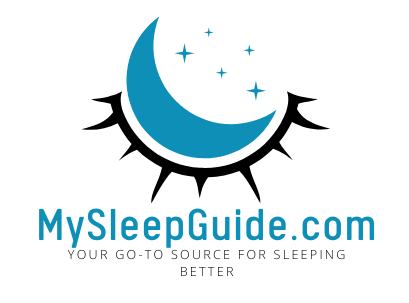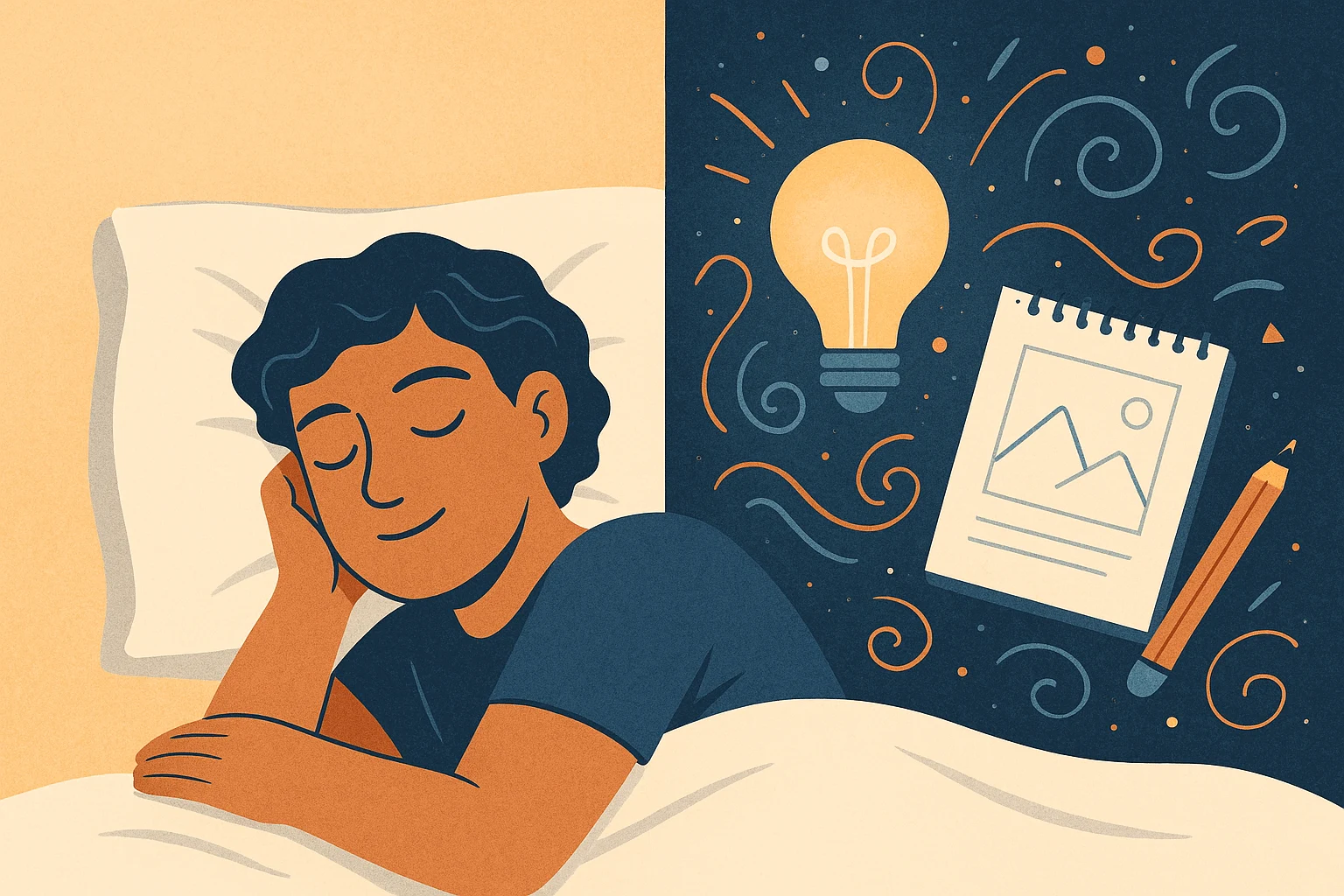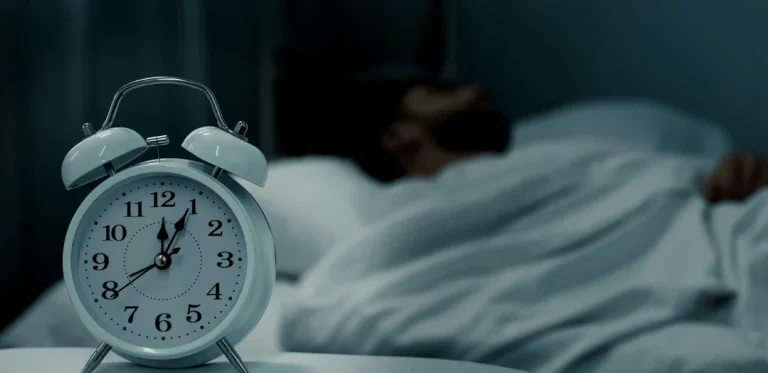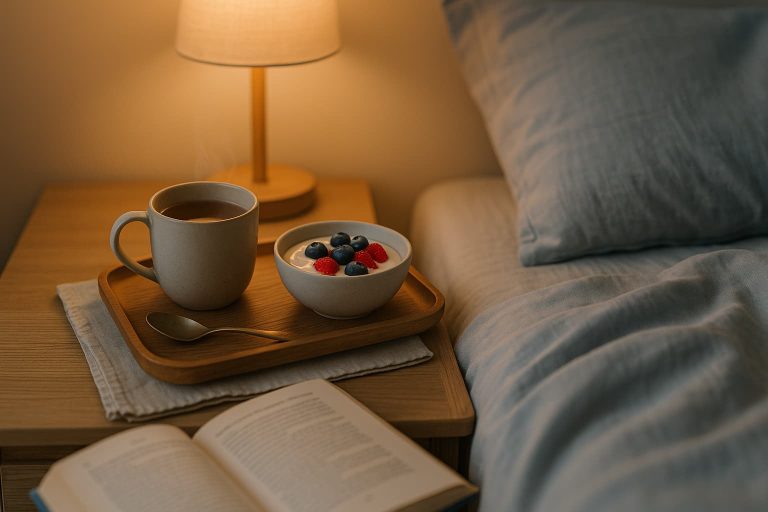How to Use Sleep Thinking for Creativity and Breakthrough Ideas
If you’ve ever woken up with a sudden idea or solution you couldn’t find the day before, you’ve already experienced a glimpse of what sleep thinking can do.
Sleep thinking for creativity is a structured approach to tapping into your brain’s natural problem-solving abilities while you rest. Instead of forcing ideas during the day, you guide your mind at night — and let your subconscious do the heavy lifting. It’s not about decoding dreams or meditating for hours. It’s a simple, intentional practice that can lead to more clarity, originality, and inspiration.
In this article, you’ll learn:
- What sleep thinking is and how it differs from dreaming
- Why your brain may be more creative during sleep than while awake
- How to use sleep thinking to overcome creative blocks
- A step-by-step method to apply this technique starting tonight
Whether you’re a writer, designer, entrepreneur, or someone looking to boost creativity while you sleep, this guide will give you a tool you can return to again and again.
What Is Sleep Thinking — and How Does It Work?
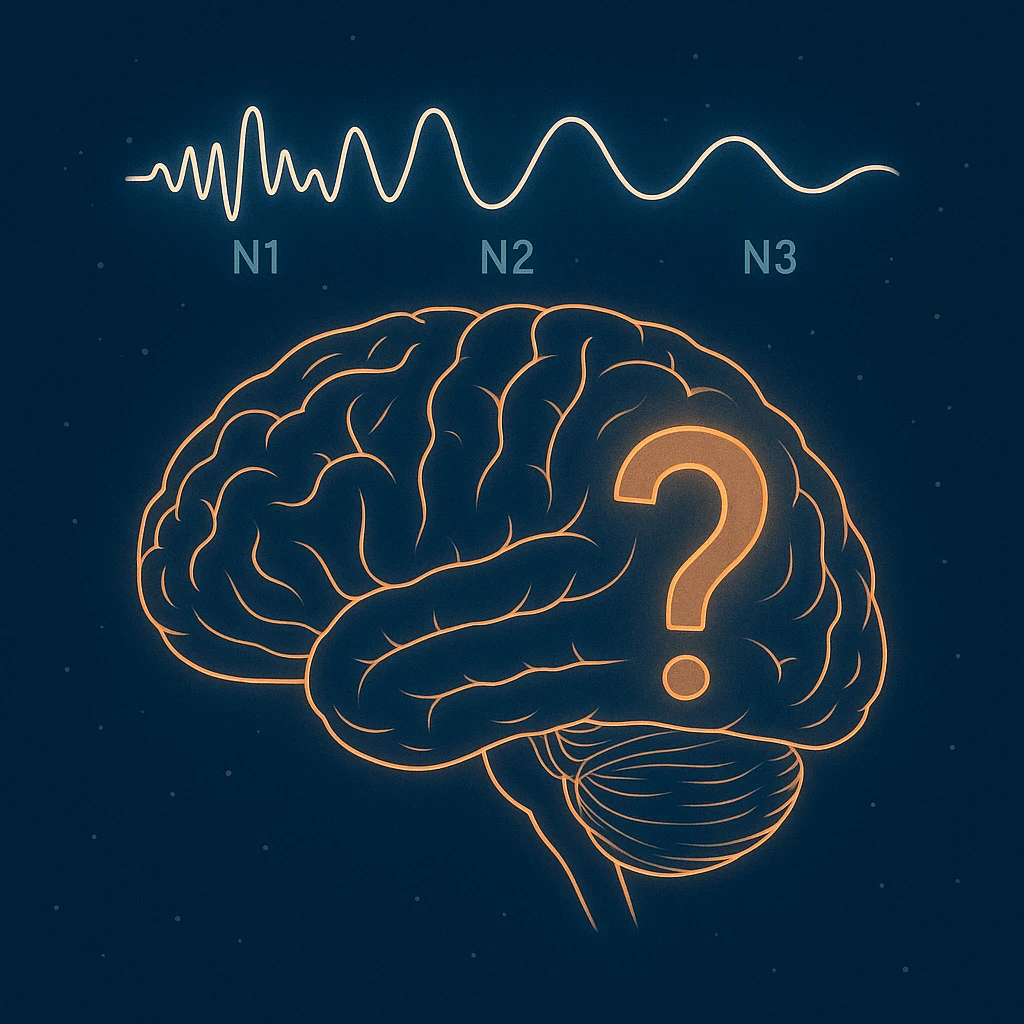
Sleep thinking is the process of letting your mind continue working on a question or challenge while you sleep — particularly during non-REM (NREM) sleep, when the brain is most likely to engage in clear, structured thought.
Unlike dreaming, which is often symbolic or emotional, sleep thinking for creativity is more direct. It’s not about interpreting wild dream images — it’s about planting a seed before bed and letting your brain connect the dots in the background.
How it works:
- During sleep, especially deep NREM stages, your brain consolidates memories, connects ideas, and processes unfinished thoughts
- When you go to bed with an open-ended creative question (not a stressful worry), your mind may continue exploring it subconsciously
- The result often appears in the morning as a sudden insight, solution, or creative idea
This kind of subconscious problem solving is common among creative professionals — from inventors and artists to entrepreneurs and writers. The key difference with sleep thinking is that you guide it intentionally by focusing your question before bed.
Key takeaway: Sleep thinking isn’t guesswork or dream analysis — it’s a practical, low-effort method to unlock mental clarity and improve creativity during sleep.
Related Post: How to Practice Sleep Thinking for Deeper Sleep
Why Sleep Thinking Fuels Creativity
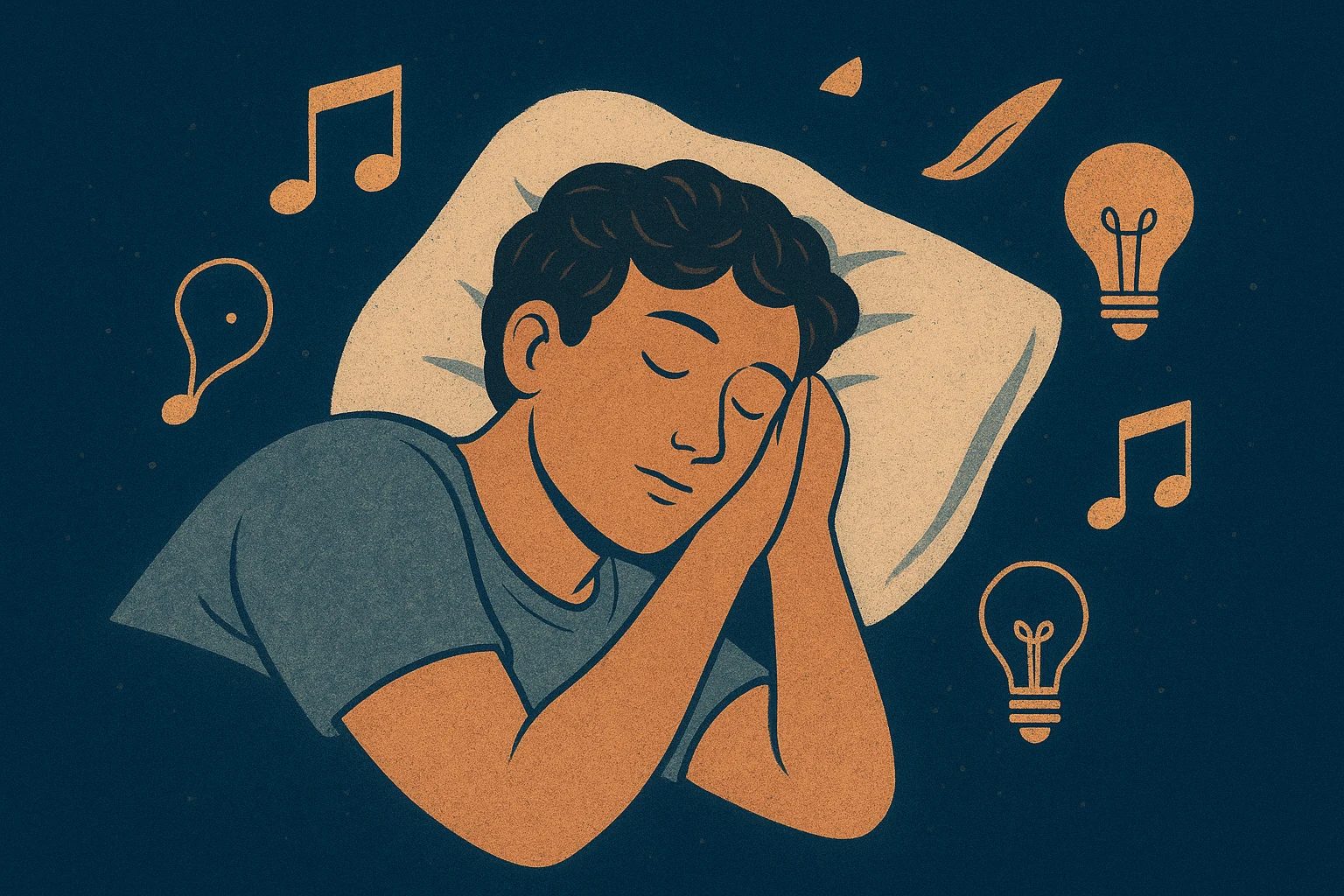
Your brain doesn’t shut off when you sleep — it reorganizes. And that quiet, distraction-free environment is exactly why sleep thinking for creativity is so effective.
During non-REM sleep, your brain strengthens memory networks, makes associations, and connects patterns that you may not notice while awake. Unlike daytime thinking — which is often scattered by interruptions, stress, or overanalysis — your sleeping brain is free to explore ideas with fewer limitations.
What makes sleep thinking so powerful for creativity?
1. More space for idea connection
When you’re not bombarded with input, your mind has the freedom to combine ideas in unexpected ways. This is especially helpful for solving creative problems that feel “stuck.”
2. Bypasses mental blocks
Instead of staring at a blank page or forcing inspiration, sleep thinking works quietly in the background. You wake up with a fresh angle, phrase, or mental shift — even if you don’t remember how it got there.
3. Access to deeper memory and emotion
Creative work often draws from personal experience or emotion. At night, your brain taps into memory networks and emotional patterns without the noise of your conscious filters.
4. It’s how many creative breakthroughs happen
From Paul McCartney’s melody for Yesterday to Friedrich Kekulé’s vision of the benzene ring, history is full of people who unknowingly used sleep thinking for creativity to solve complex problems.
Takeaway: You don’t need to be a scientist or artist to benefit. This process works for everyday creative problems — from writing an email to planning your next move at work.
Real-Life Examples of Creativity While Sleeping

The idea of solving creative challenges during sleep may sound unusual — until you realize how many people have experienced it firsthand. Whether it’s a breakthrough for a novel, a new design concept, or a business solution, creativity while sleeping is surprisingly common.
Let’s look at two examples that highlight how sleep thinking for creativity works in real life.
Mary, the Painter with a Gallery Block
In The Magic of Sleep Thinking, Dr. Eric Maisel shares the story of Mary, a talented artist who avoided gallery events, even though she wanted to connect with collectors and advance her career. Despite her efforts, she’d leave every opening early and felt stuck in a cycle of frustration.
Mary started using sleep thinking by asking herself: Why do I hate openings so much? After a few nights, she had a vivid dream of handing out postcards at a show — confidently sharing her work and saying, “Have a nice day!” The dream helped her realize she had never truly tried to promote herself — and that fear, not disinterest, was holding her back.
She used that insight to build a simple business plan and eventually landed her first successful solo exhibition.
The Chemist’s Dream That Changed Science
Friedrich Kekulé, a German chemist, had been trying to understand the structure of benzene for years. One night, he dreamed of a snake biting its own tail — an image that helped him visualize the circular shape of the benzene molecule. That insight, born during sleep, became a cornerstone of organic chemistry.
These examples illustrate how sleep thinking for creativity doesn’t just generate random dreams — it can bring clarity and direction when your conscious mind hits a wall.
Takeaway: You don’t need to be a scientist or artist to benefit. This process works for everyday creative problems — from writing an email to planning your next move at work.
How to Use Sleep Thinking to Unlock Creative Ideas
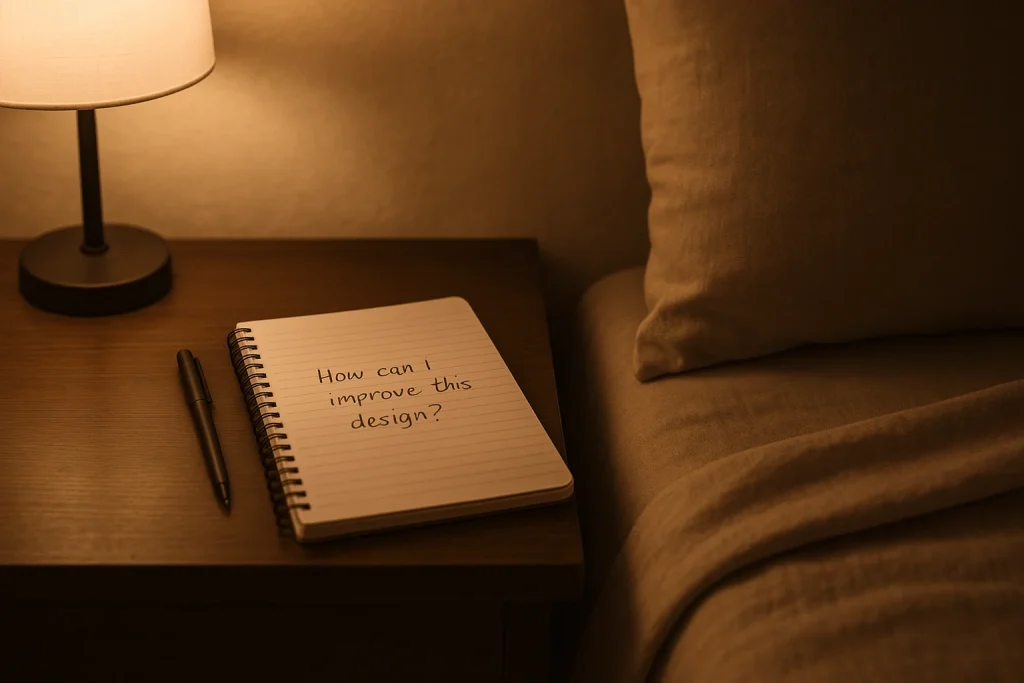
You don’t need a complicated ritual to start using sleep thinking for creativity. The key is to guide your brain gently before sleep, then capture whatever surfaces the next morning.
This isn’t about analyzing dreams or waiting for inspiration to strike — it’s a form of creative thinking technique that blends intention with rest. Here’s how to try it step by step.
Step 1: Choose a real creative question
Pick something you’re genuinely trying to figure out — a phrase for your poem, a next step in your project, a new name for your product.
Examples:
- “What’s a stronger opening line for this chapter?”
- “How can I redesign this page to feel more inviting?”
- “What’s another way to approach this client pitch?”
This is the foundation of how to be more creative naturally — starting with curiosity, not pressure.
Step 2: Repeat your question as you fall asleep
Don’t force an answer. Just think about the question gently as you drift off. One sentence is enough. The goal is to make your subconscious aware of what you care about.
Tip: Say it like a meditation, not a demand. Your tone matters.
Step 3: Allow the night to do its work
You may or may not dream about it. That’s okay. Sleep thinking happens whether you remember the process or not.
Step 4: Record what comes to you in the morning
Keep a journal or note app nearby. Jot down:
- A phrase, image, or idea
- A feeling or shift in perspective
- Anything new — even if it doesn’t make sense yet
With practice, you’ll start to notice more connections, sharper insights, and better ideas waiting for you when you wake up.
Reminder: The goal isn’t perfection — it’s progress. This is one of the simplest creative thinking techniques you can try, and it fits right into your normal sleep routine.
Morning Ritual: Capture Creative Insights Before They Fade
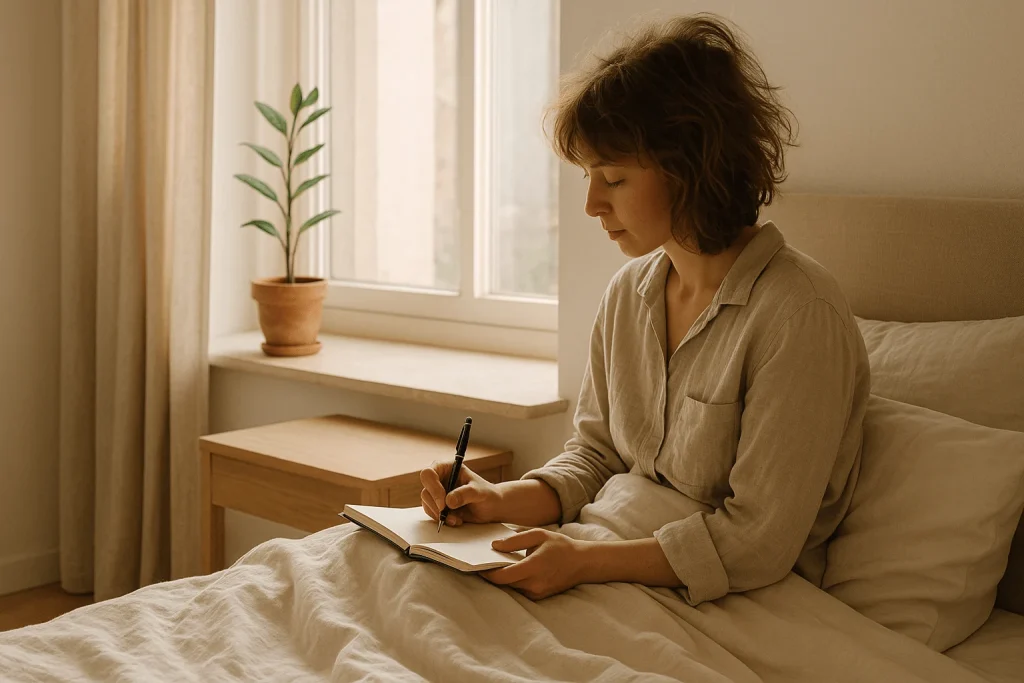
The most important part of sleep thinking for creativity happens after you wake up. That’s when fresh ideas are most vulnerable — they can disappear within seconds if you don’t catch them.
Here’s a simple morning ritual to make sure you turn those quiet insights into real creative progress.
Give yourself 5–10 quiet minutes
Before checking your phone or jumping into the day, pause. Sit quietly or stay in bed a few extra minutes and ask:
- Did anything stand out from my dreams or thoughts?
- Do I feel a pull toward a new idea or phrase?
- Is there a shift in how I see yesterday’s problem?
You’re not trying to analyze. You’re listening for the result of subconscious problem solving.
Write down anything — even fragments
Use a notebook or voice memo app. Don’t judge it or try to make sense of it immediately.
- A single word might spark your next idea
- A feeling could guide your next decision
- Even vague thoughts often lead to surprising clarity later
Look for patterns over time
The more often you practice this, the more you’ll start to notice recurring themes, unexpected connections, and moments of clarity. That’s how you consistently boost creativity while you sleep — not with one big idea, but with steady insight.
Note: This isn’t about being perfect every morning. It’s about creating space for your creative mind to speak before the noise of the day takes over.
Related Post: 5 Proven Mental Exercises for Sleep That Actually Work
Final Thoughts: Start Small, Stay Curious
Sleep thinking for creativity isn’t just a technique — it’s a mindset shift. It’s about giving your brain space to work with you, not against you. Instead of forcing ideas during the day, you’re inviting insight at night.
The process is simple:
- Ask a meaningful creative question before bed
- Let your subconscious explore while you sleep
- Capture what comes up the next morning
You may not see results the first night. But with consistency, this approach can help you move past creative blocks, generate fresh ideas, and make clearer decisions — all while you rest.
If you’re just getting started: Try it tonight. Choose one creative question and repeat it as you drift off. Keep a notebook nearby in the morning. That’s all you need to begin.
Have you ever experienced creativity while sleeping — maybe waking up with a solution or sudden idea? Share your experience in the comments. Your story might spark inspiration for someone else.
